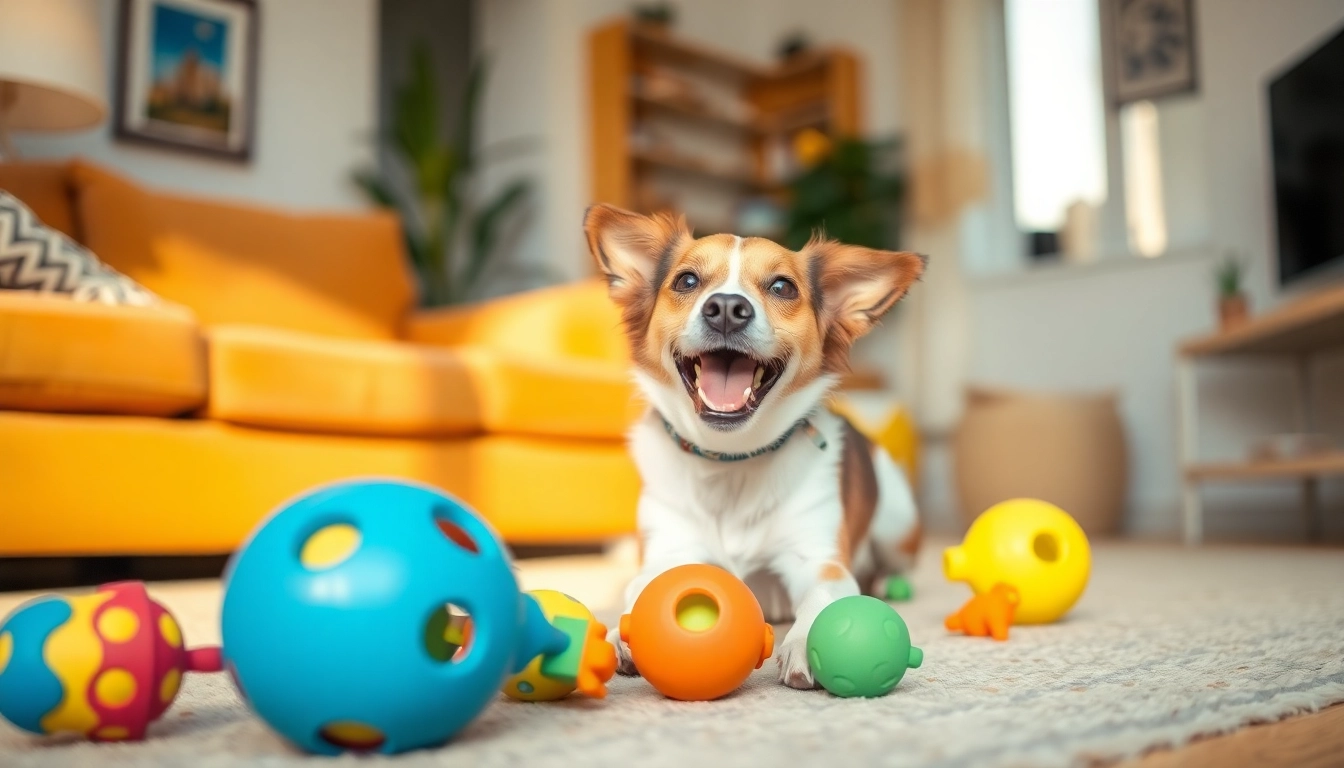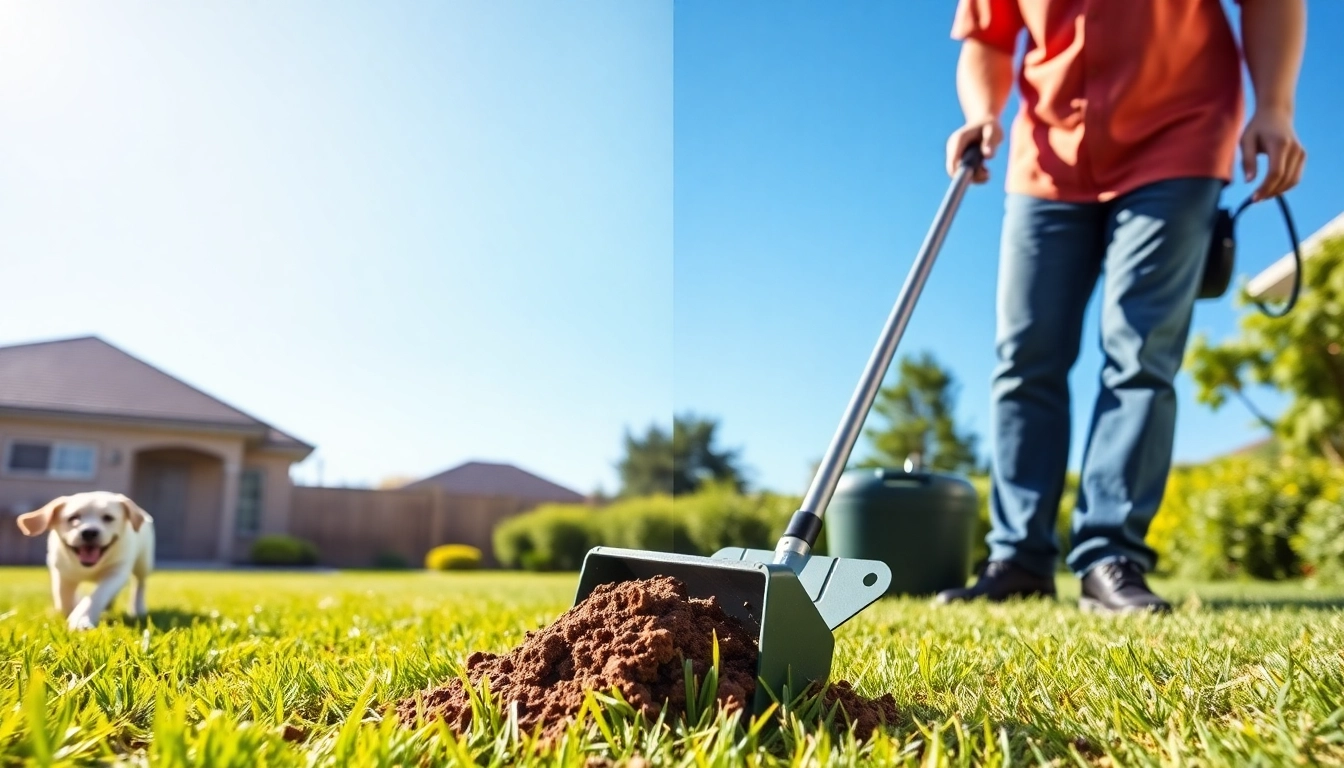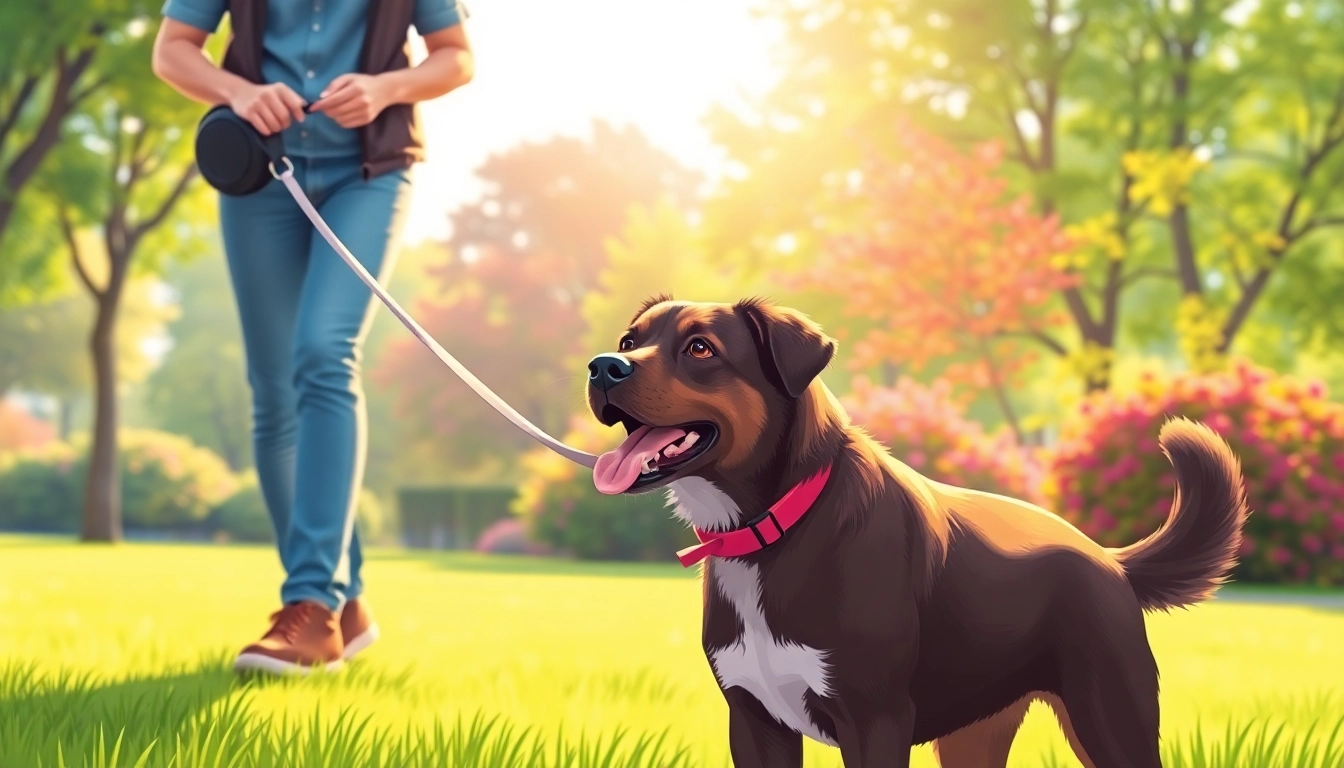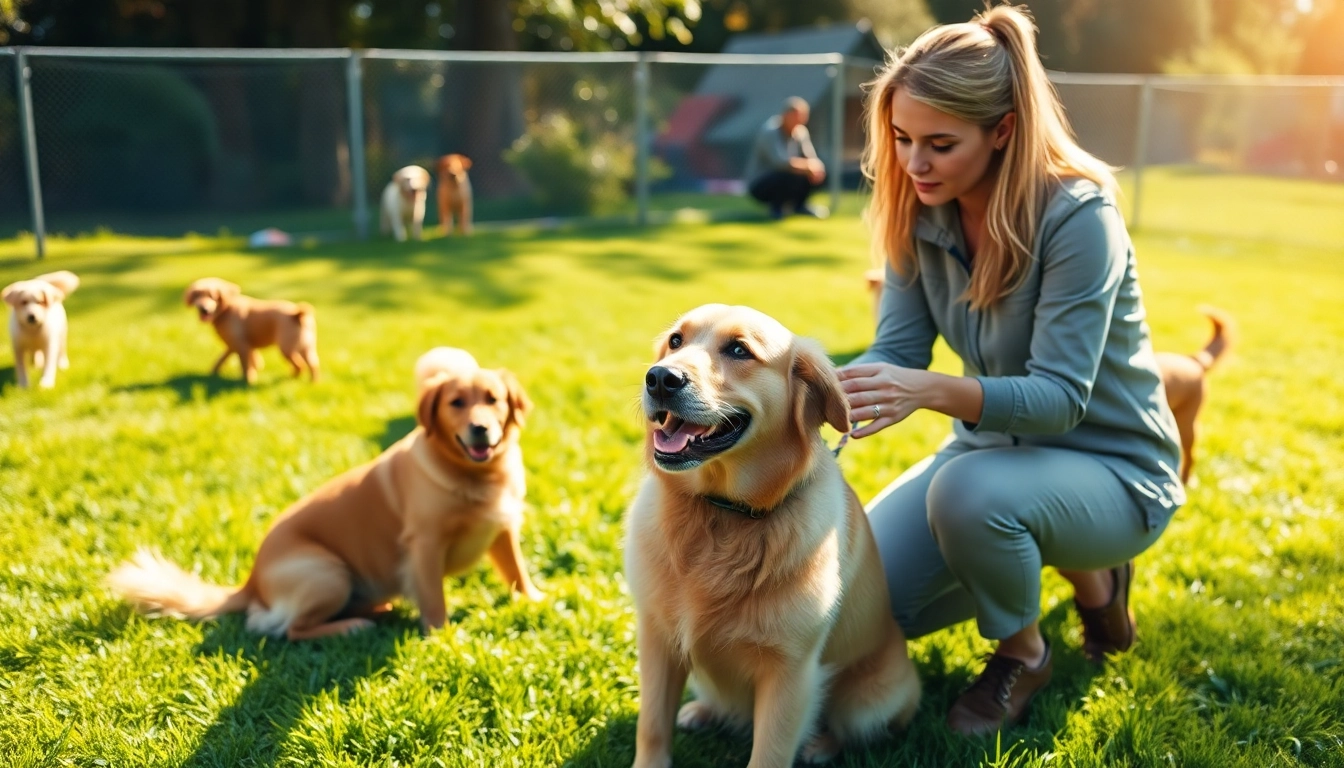Understanding Different Types of Pet Toys
Pet toys are an essential part of keeping our furry friends happy, healthy, and stimulated. The right toys can lead to better behavior and prevent destructive habits stemming from boredom. With such a variety of pet toys available, it’s important to understand the different types and their benefits. Engaging with pet toys can be one of the most rewarding aspects of pet ownership, providing fun and mental stimulation for both pets and their families.
Interactive Pet Toys for Active Play
Interactive pet toys are designed to engage your pet in active play while providing mental stimulation. These may include puzzle toys that dispense treats, automated toys that mimic prey movements, and tug ropes for engaging in active play with their owners. For example, puzzle feeders challenge dogs and cats to solve a problem to access treats, which can enhance their cognitive skills and keep them occupied for hours.
Chew Toys: Why They Matter for Dental Health
Chew toys are essential not only for play but also for dental health. Chewing helps to clean dogs’ teeth, reduce plaque build-up, and soothe gums. They come in various materials, from rubber to nylon and even natural fibers. Select toys that suit your pet’s chewing style and size; softer materials may be suitable for puppies and elderly dogs, while tougher variants are better for aggressive chewers.
Soft Toys: Comfort for Your Pet
Soft toys provide comfort to pets and can often become their favorite companions. These toys can help relieve anxiety and stress, especially for pets dealing with separation issues. Look for soft toys made with durable materials, ensuring they can withstand some level of rough play, and ensure the stuffing is non-toxic in case your pet decides to chew through the outer layer.
How to Choose the Right Pet Toys
Factors to Consider When Selecting Pet Toys
When selecting toys for your pet, consider their size, chewing habits, and interests. Choosing the wrong size can lead to choking hazards or toys that are too easy to destroy, leading to ingestion of materials not meant for consumption. Understanding your pet’s breed-specific traits can also help; for instance, retrievers often love fetching toys, while terriers may prefer toys that they can dig and tear apart.
Understanding Your Pet’s Play Style
Just as humans have different play styles, pets have unique ways of interacting with toys. Observe how your pet plays: do they prefer to fetch, chew, or solve puzzles? Toys that align with their play style will provide the most entertainment and engagement. For example, dogs that are natural retrievers will thrive on toys that can be thrown, while others may find joy in toys that offer a challenge, such as treat puzzles.
Material Safety: What You Need to Know
Material safety is crucial when it comes to pet toys. Always opt for non-toxic, durable materials free from harmful chemicals. Look for certifications or guidelines from established pet safety organizations. Avoid toys with small parts that can be easily chewed off and become choking hazards or cause intestinal blockages. Ensuring that toys are made from safe materials is the responsibility of a conscientious pet owner.
Popular Brands in the Pet Toy Market
Eco-Friendly Pet Toy Options
Increasingly, pet owners are seeking eco-friendly pet toys made from sustainable materials such as organic cotton, recycled plastics, and natural rubber. Not only do these toys offer a lower environmental impact, but they can also be safer for pets. Brands like West Paw and P.L.A.Y. (Pet Lifestyle and You) provide various options that cater to eco-conscious consumers without compromising quality.
Top-Rated Modern Pet Toys
Modern pet toys offer innovative designs and functionalities. Some brands, like PetSafe and Chuckit!, pursue the integration of technology, such as automated ball launchers that allow for interactive play without requiring the owner’s constant involvement. The KONG line of durable toys promotes both chewing satisfaction and treat dispensing, which appeals to many dogs’ innate instincts to forage and chew.
Budget-Friendly Choices Without Compromising Quality
For pet owners on a budget, there are numerous economical options that don’t skimp on quality. Brands such as ZippyPaws and PetFusion offer affordable toys that are both durable and engaging. Additionally, many homemade toy projects use common household items like socks and old t-shirts, allowing creative pet owners to provide enrichment at little to no cost.
Maintenance and Care for Pet Toys
Regular Cleaning Practices for Pet Safety
Keeping pet toys clean is vital for preventing the spread of bacteria and germs. Most rubber and plastic toys can be cleaned regularly in warm, soapy water or the dishwasher for durability. Soft toys may be machine washable but should be inspected for any small parts or stuffing that can become dislodged during the wash. Establish a routine to inspect and clean toys regularly, particularly after a play session with outdoors or messy food items.
Inspecting Toys for Wear and Damage
Regular inspection of your pet’s toys is key to ensuring safety. Look for broken parts, loose stuffing, or signs of wear and tear that could pose choking hazards. If a toy has sustained significant damage, it is best to discard it rather than risk injury. Consider a schedule for checking the integrity of toys based on how frequently your pet plays with them.
Storing Toys Safely to Prevent Loss
Organizing and storing pet toys properly can help prevent loss and wear over time. Designate a specific area for toy storage to easily access them while also keeping them out of the way when not in use. Toy bins can keep things tidy and make it easy to rotate toys for your pet to prevent boredom and keep playtimes fresh and exciting.
Fun Activities to Do with Pet Toys
Creating Engaging Indoor Play Sessions
Indoor playtime can be just as engaging as outdoor experiences with the proper setup. Use space effectively to create fun obstacle courses or interactive play scenarios where pets can solve puzzles or fetch toys from different areas of the house. Try toys that stimulate your pet’s mind, such as treat-filled puzzles or hide-and-seek games.
Outdoor Activities Involving Toys
Outdoor play enhances the exercise benefits of pet toys. Activities like fetch, tug-of-war, and agility courses can all be incorporated into outdoor playtime to boost physical health and mental engagement. Interactive toys that can be thrown, kicked, or carried may significantly increase your pet’s excitement and ensure they receive ample exercise.
Integrating Training with Playtime
Integrating training into playtimes reinforces good behavior while fulfilling your pet’s natural curiosity and playfulness. Use toys that encourage your pet to learn commands, rewarding them with treats when they respond correctly. Toys that support training, such as clickers or treat-dispensing balls, can serve dual purposes and ensure playtime is equally productive.



